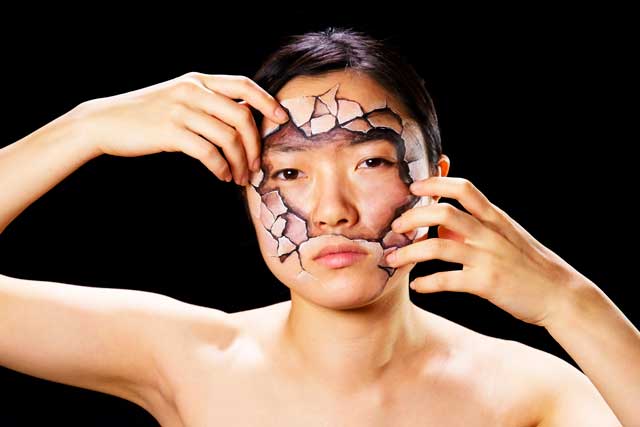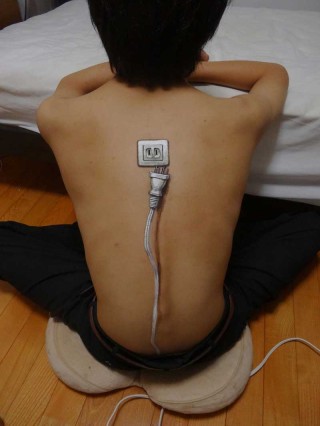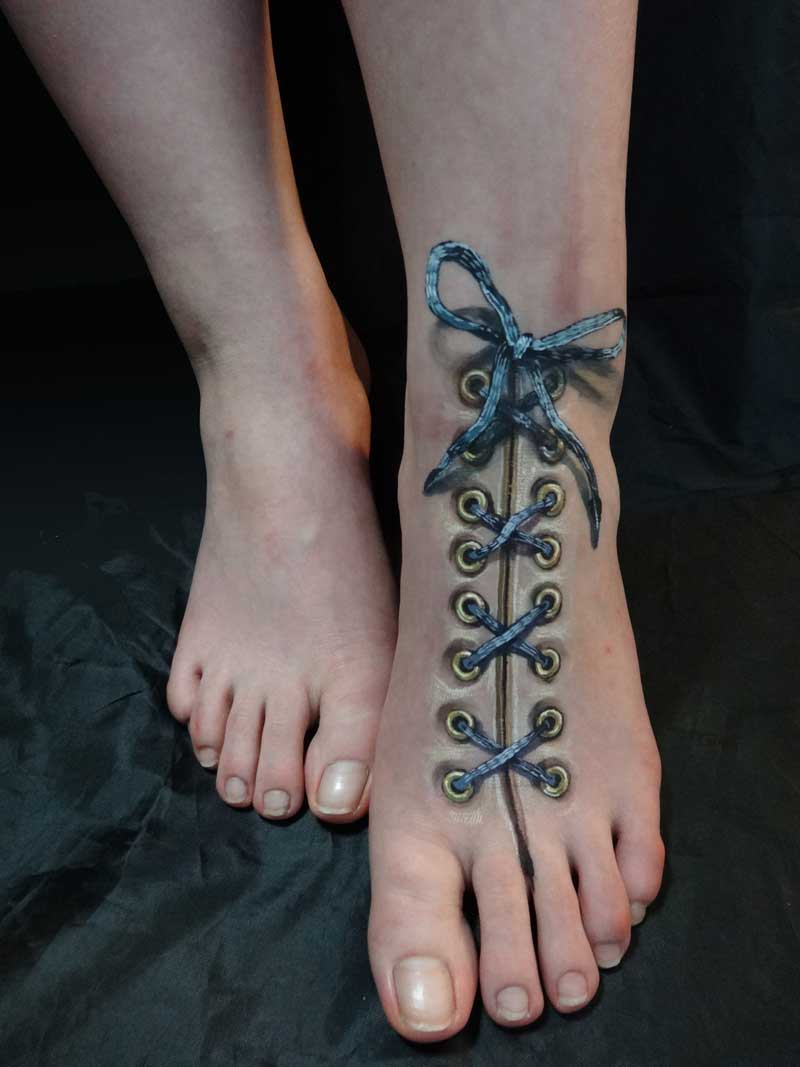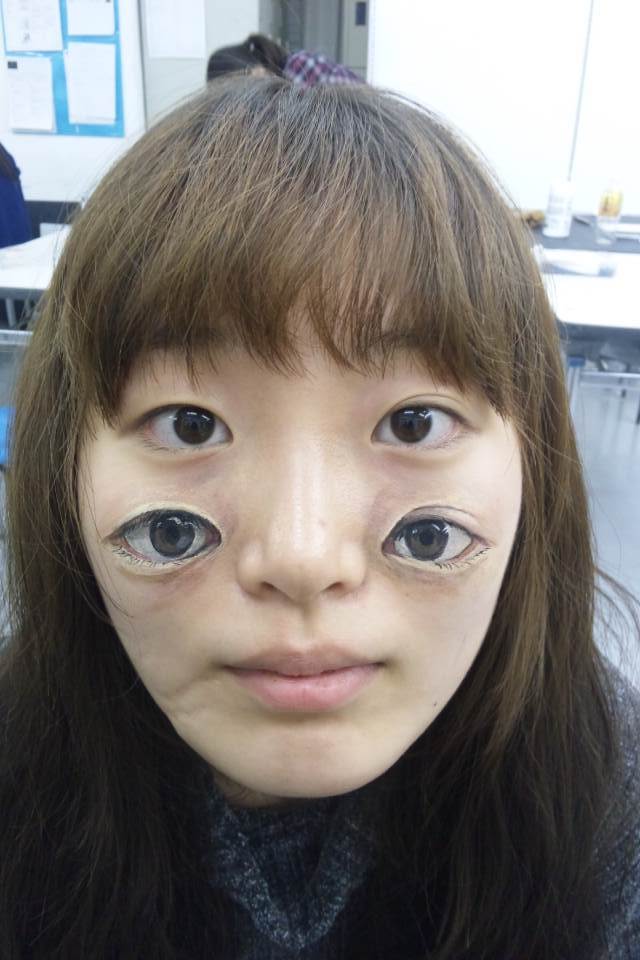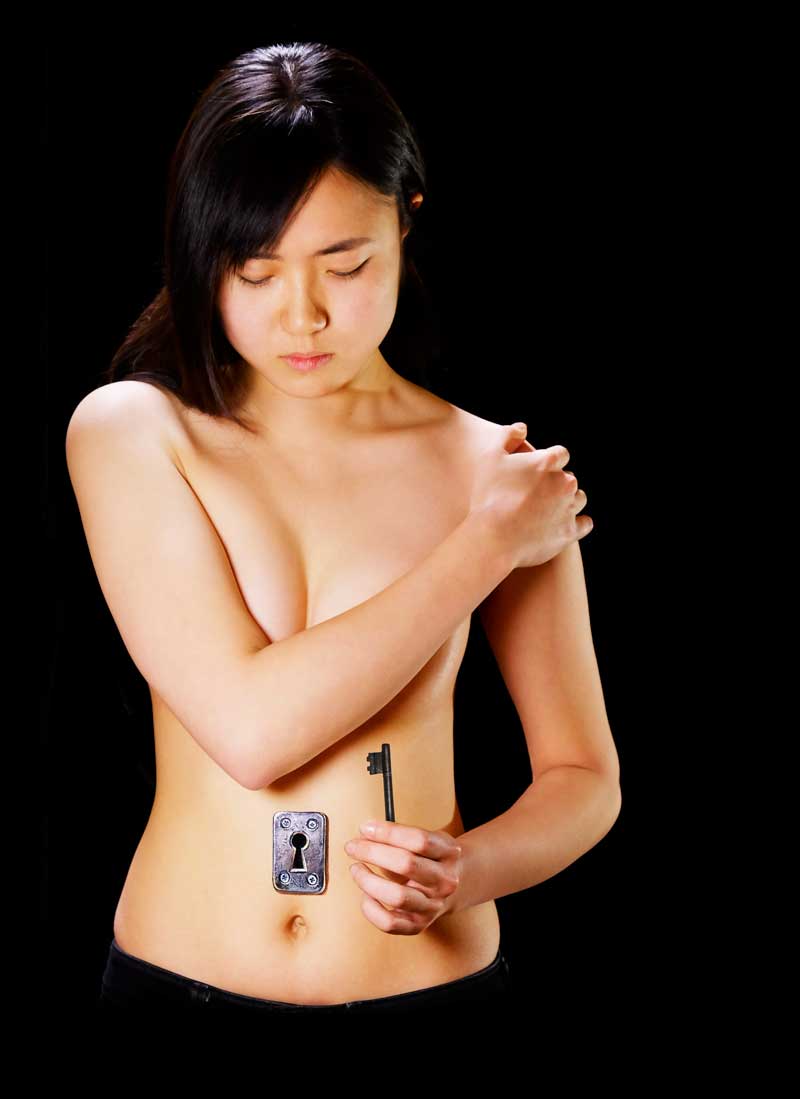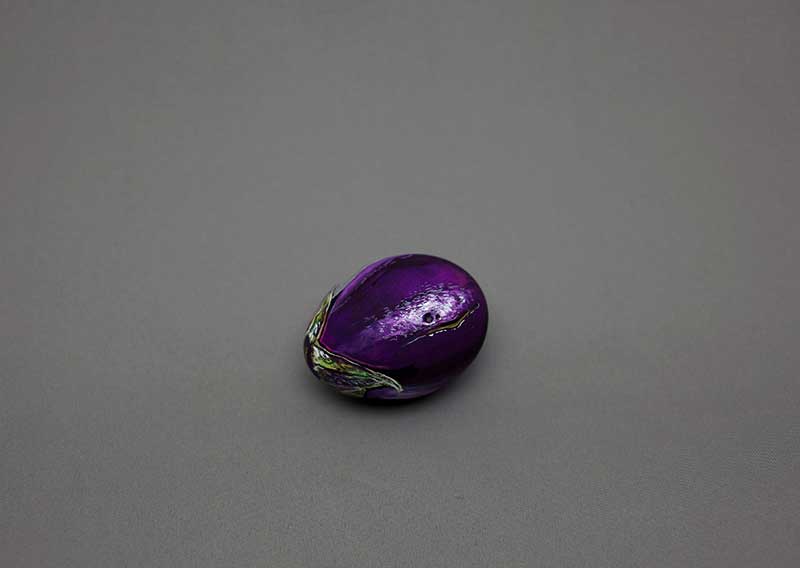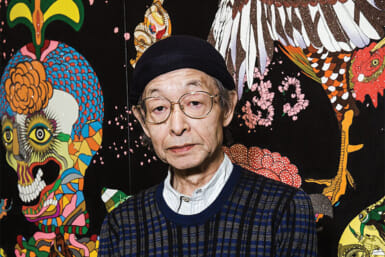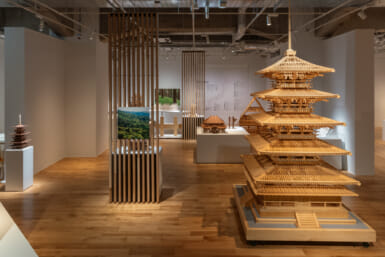Having just started studying Visual Communication and Design at Mushashino Art University, Hikaru Cho was looking for some inspiration. She was ready to draw something and had her utensils at the ready; there was just one thing missing…
By Matthew Hernon
“I couldn’t see any paper in the room,” Cho tells Weekender. “The only thing around was my friend so I asked if I could borrow his hand and drew an eye on it. I thought it looked quite interesting and began thinking about what else I could draw on his body. Things just kind of snowballed from there.”
The young student, who describes her work as a “bit weird and creepy,” decided to post her images on various social networking sites such as Twitter, Pinterest and Tumblr. These “hyper-real” paintings soon went viral and Cho’s name continued to spread.
Following a successful 2013, she was contacted by Amnesty International at the start of this year. They wanted her to provide artwork for their My Body, My Rights campaign to coincide with International Women’s Day. According to Madhu Malhotra, director of Amnesty’s International Gender, Sexuality and Identity Program, Cho was chosen because they loved her “unique approach to art.”
She went on to add that they wanted someone whose work “wasn’t too literal,” and would “cause debate amongst young people.” Quite a lot of pressure for a university student who had only been previously posting her work as a hobby.
“I was nervous, but at the same time really excited,” Hikaru Cho says. “It was an amazing opportunity, I always wanted to have a big theme for my work. They just asked me to draft new ideas that were related to women’s rights. Being a female in Japan I felt it was an issue I could relate to as I have seen first hand how overpowering men can be in this country.”
Cho’s paintings were exactly what Amnesty International were looking for: unconventional and slightly abstract, yet thought-provoking at the same time. She shows a face emerging from a cracked shell (above) to highlight the emotional scars of domestic violence, a contraceptive pill embedded into a girl’s arm to represent the right to contraception and sexual health, and a book case on a model’s back is to illustrate the importance of the right to know and learn about your body, sexual health and relationships.
Her other striking images included a lock and key on a stomach (the right to choose when you have children), and a trompe l’oeil design depicting a single face as two men kissing (the right to choose your partner). Whilst not her intention, the campaign has also helped to raise Cho’s international profile, particularly in the UK where she has featured on a number of media sites such as the BBC, the Metro and the Independent.
Shy and modest, she isn’t too concerned about becoming famous though. Her main goal is to “make artwork that can move people.” Judging by some of her latest creations she would also like to surprise her audience. It’s not what it seems, a collection originally made for the Swedish Embassy depicts bananas as cucumbers, tomatoes as mandarins and eggs as aubergines. Hikaru Cho is clearly someone who likes to think outside the box, and it will be interesting to see what she comes up with next.
All images courtesy of Hikaru Cho

